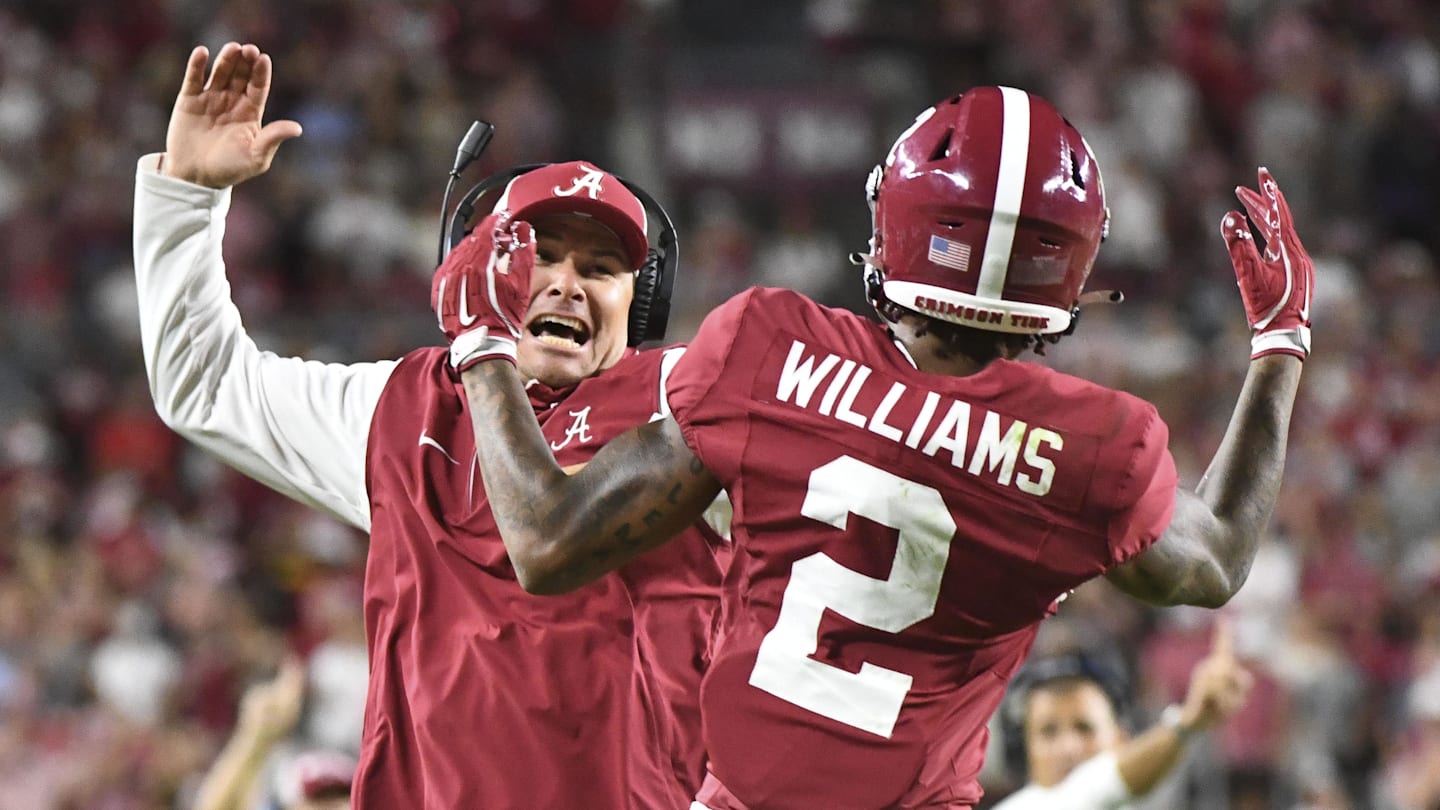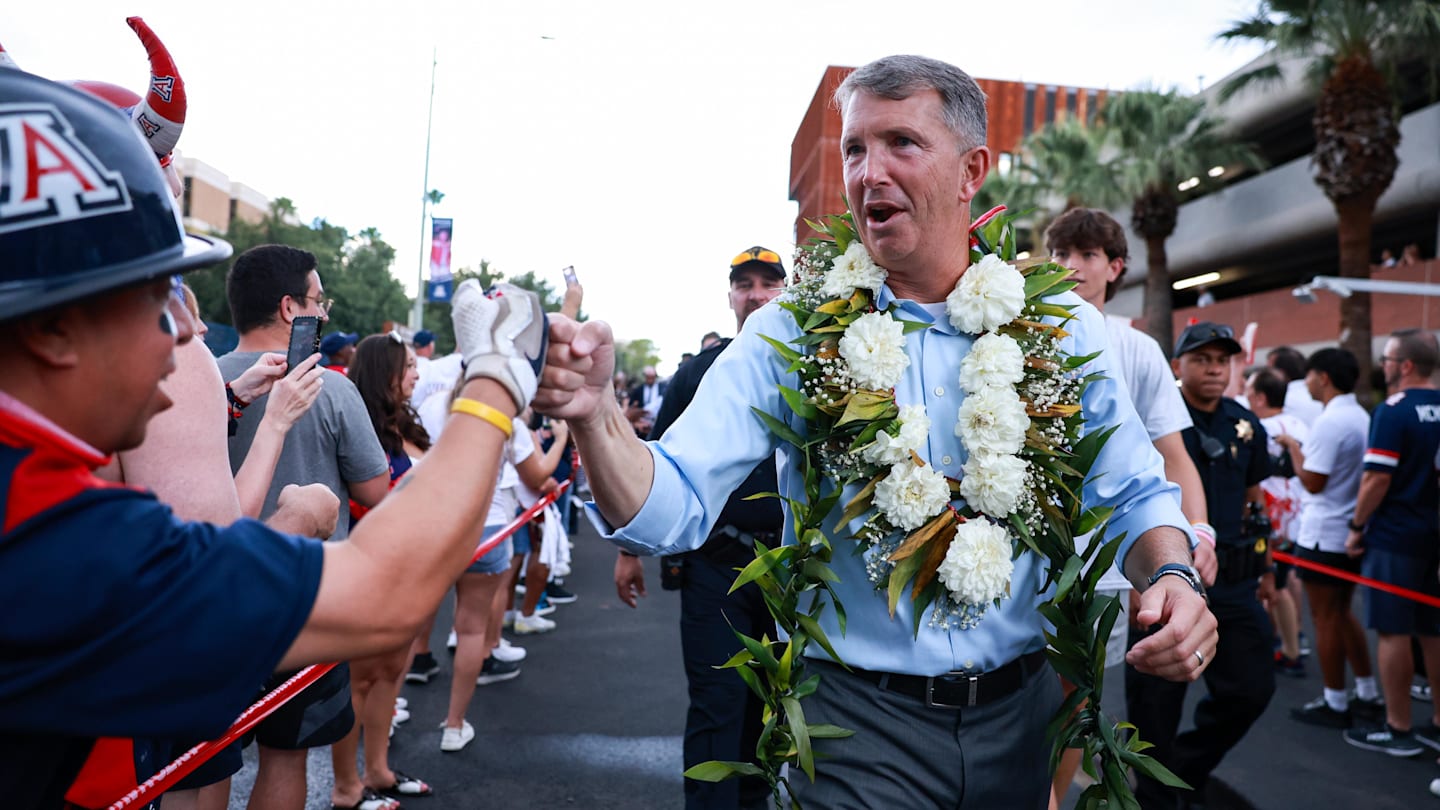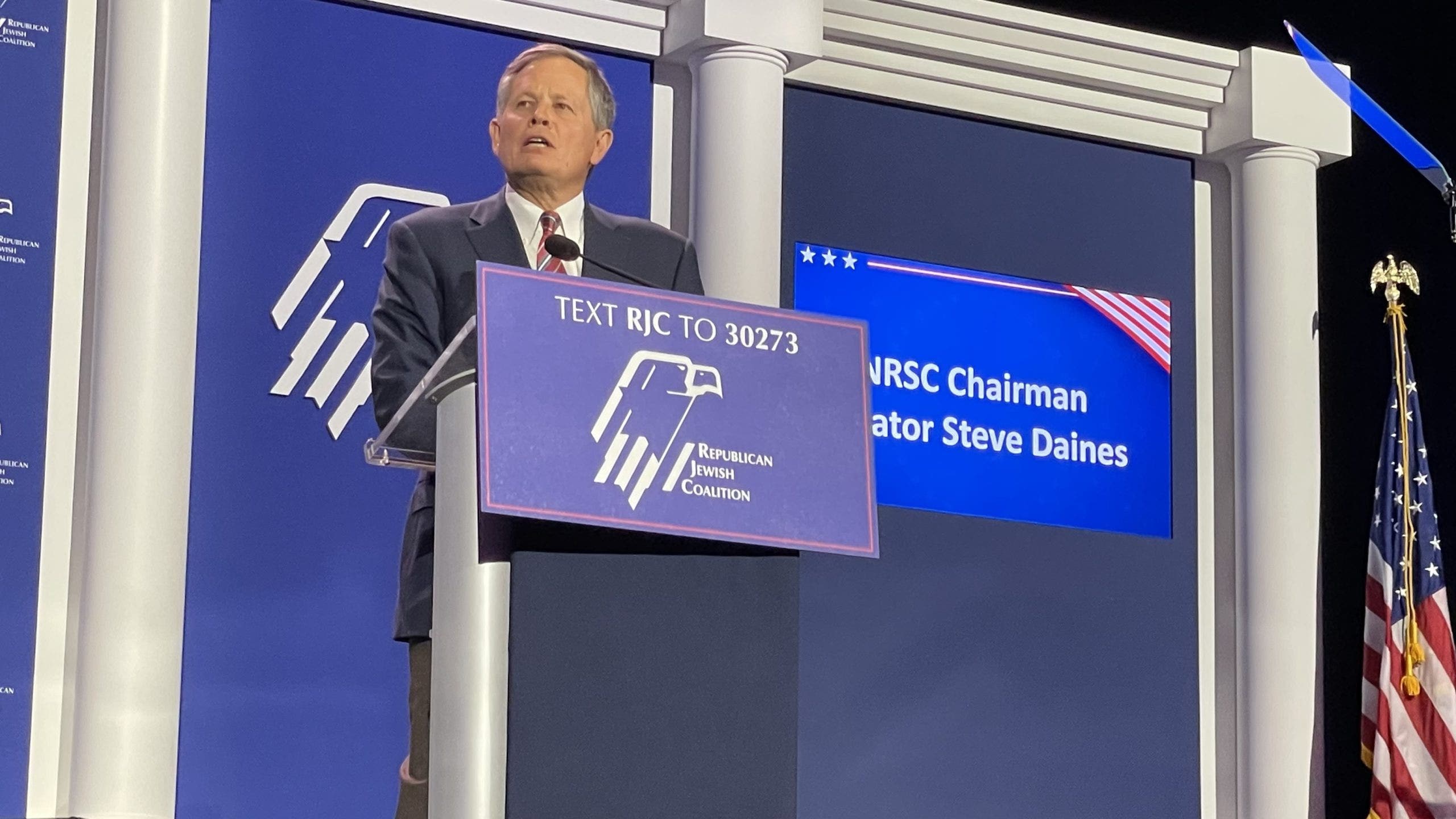Maryland’s pending list of ambitious transportation projects — the Red Line in Baltimore, a Southern Maryland transit way and a new American Legion Bridge over the Potomac River — faced a brutal financial reality Wednesday: Officials said there’s not enough money to pay for projects already approved.
Maryland
Maryland transportation money projected to start to run short in 2 years

“We’re currently seeing a funding shortfall of more than $2 billion in six years, just to deliver many of the existing projects that we’ve outlined in the past,” Transportation Secretary Paul J. Wiedefeld said Wednesday during a briefing in Annapolis.
Inflation has driven up the cost of construction and labor, making projects in process more costly. At the same time, gasoline usage has fallen because of more fuel-efficient cars, pandemic-era commuting patterns and the adoption of electric vehicles, flattening a key revenue stream that financed transportation projects.
Even as billions of federal dollars are available through the $1.2 trillion infrastructure bill, Maryland transportation officials cautioned the state might not be able to access enough money without more transportation revenue or tough decisions about which projects to leave behind.
The state expects to have enough money for fiscal 2023 and 2024, but projects a $100 million deficit in fiscal 2025 that grows to about $500 million in each of the following four years and adds up to the $2.1 billion shortfall by fiscal 2029.
Wiedefeld also addressed the fiscal situation earlier this month in a letter that accompanied a 521-page draft plan of which transportation projects will be built over the next six years.
“Simply put, current funding levels do not provide the investment levels needed to transform our system to meet shared goals of a safe, sustainable, equitable system that spurs our economic competitiveness,” he wrote.
Moore also has rung warning bells about the state lacking the financial resources to pay for other key goals, warning that “our economic engine does not support our ambition” and calling on government leaders to use “discipline” while he determines how to revamp a lackluster state economy that has barely grown over the past four years.
On Wednesday, Wiedefeld was speaking to a state committee convened to determine how to pay for transportation projects by the end of the year. The General Assembly formed the panel, acknowledging a hard-fought gas tax increase in 2013 wasn’t going to be the long-standing funding solution lawmakers had sought.
As in Maryland, transportation officials across the country are planning for a future in which the widespread adoption of electric vehicles eats into gas tax revenue.
A handful of states are testing systems that charge drivers a flat fee for each mile they travel, an approach widely seen in the transportation industry as a long-term solution. But the systems can be complicated and often involve an element of tracking drivers. In the meantime, a number of states have imposed fees on electric vehicles to generate revenue.
At the federal level, gas tax revenue has long failed to cover the costs of transportation spending. Increased fuel efficiency in vehicles has been a factor, but the gap is mostly the result of Congress not raising the tax since 1993.
To fill the hole, lawmakers have resorted to topping off a federal transportation trust fund with general funds. The infrastructure law also required the U.S. Transportation Department to pilot a national mileage fee system, but little of the groundwork for the project has been established.
The transportation shortfall is an anomaly in Maryland, compared with previous years, since state officials in the past had simply responded to fewer resources by delaying or removing transportation projects from a six-year plan.
On Wednesday, Wiedefeld said his agency wanted to have a public discussion about how to allocate resources.
“I chose a different path,” he said. “There is a need to be more transparent, to have more transparency in the funding decisions made for the state’s transportation capital program,” he said. “Decisions about how we prioritize our projects should be based on our shared values and priorities.”
Gas tax revenue makes up about 20 percent of the state’s transportation trust fund budget, the largest source outside of federal money. Though gasoline sales have rebounded from pandemic lows, 4.4 percent fewer gallons were sold in 2022 compared with 2019, according to Ed Regan, a transportation consultant hired by the state. Maryland officials predict gas tax revenue will remain flat in the coming years as fuel efficiency increases and electric vehicles continue to gain traction.
At the same time as Maryland’s construction budget shortfall, the state is facing a looming bill to help bail out the Washington region’s Metro system, which has projected a $750 million shortfall in the next fiscal year, due to ballooning personnel costs and a drop in ridership. The state shares financial responsibility for the transit system with Virginia, D.C. and the federal government.

Maryland
3 Takeaways from the Spartans’ Victory over Maryland
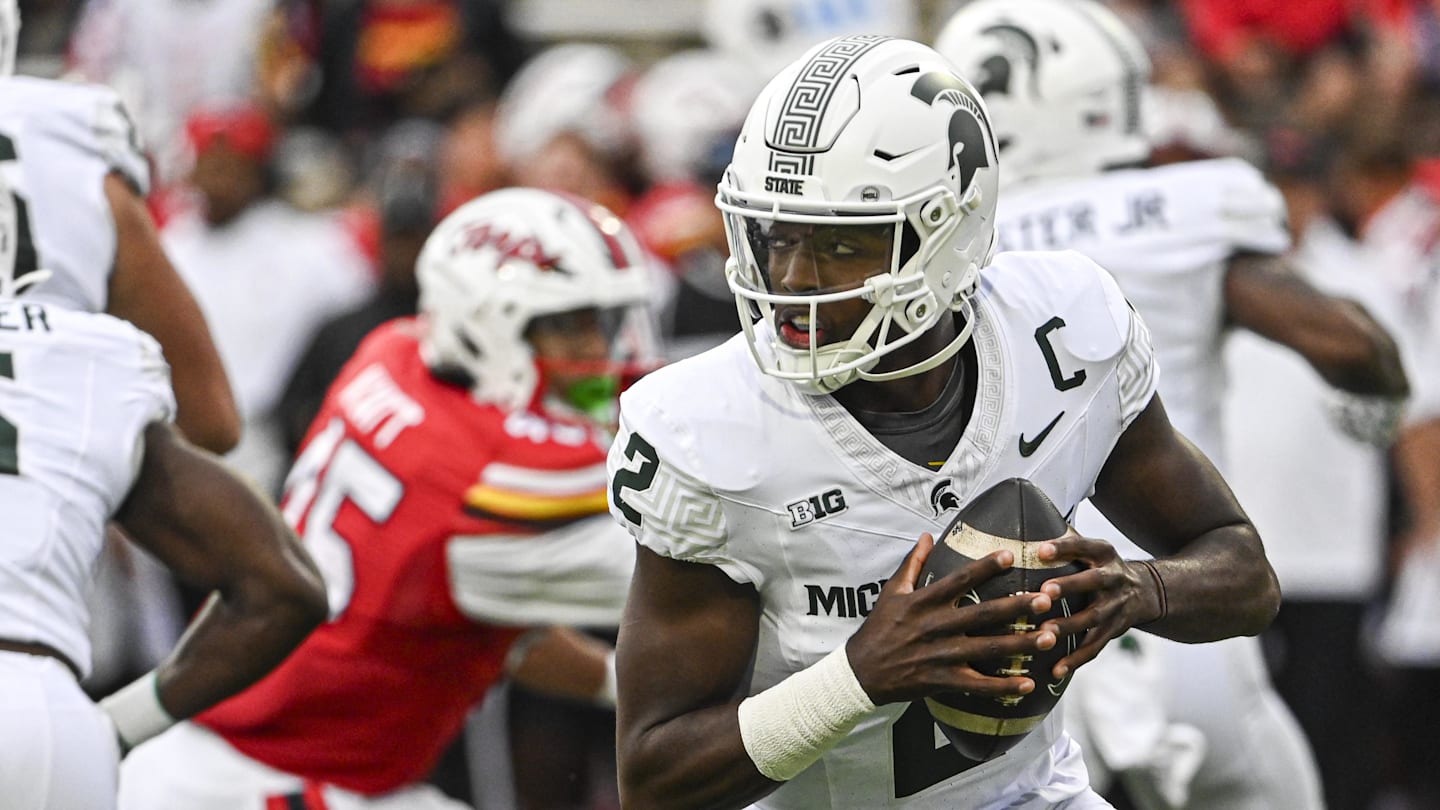
The Michigan State Spartans under head coach Jonathan Smith are 2-0 thanks to a road win against a tough Maryland team, 27-24.
Resilience might be the word to describe this squad so far. The Spartans made some big blunders against the Terrapins and still found a way to battle back. The gritty performance might have been enough to get the Spartans into a bowl game.
Here are three takeaways from the Spartans’ win.
Aidan Chiles: Very Young, Very Talented
Chiles looked vastly improved from the home opener against Florida Atlantic. Again, he looked like an 18-year-old quarterback.
Chiles got not just his first passing touchdown as a Spartan, but three passing touchdowns to go with 24 of 39 passing and 363 yards. He also had three interceptions, which very nearly cost the Spartans the game.
Chiles has about as strong an arm as any quarterback to wear the green and white in recent memory. He is dangerous when he is on the move.
Perhaps a critique is that he should try to make more plays with his legs, he has seemed cautious to these first two games. The first pass rusher to get to Chiles likely won’t bring him down — Chiles has a great feel for the pocket and he is quite slippery.
Chiles overcame some poor mistakes and throwing mechanics (his feet tend to get wide and it factors into his overthrows) to lead the Spartans in the most critical of situations against a sturdy Maryland defense.
Huge game for Chiles, who showed why the hype was so promising.
Can the Spartans Stay Healthy on Defense?
Already, this Spartans squad is beaten up. Dillon Tatum, a key defensive back, lost for the season. Wide receiver Alante Brown, whose injury allowed for Nick Marsh to announce himself to the world, lost for the foreseeable future. Kristian Phillips at guard was huge.
During the Maryland game, several Spartans were beat up. Few even had to go into the tent on the sideline. It will be crucial for the Spartans to remain healthy, especially on defense. Most especially in the defensive backfield.
The Spartans are very confident in their young defensive backs — Justin Denson Jr., Andrew Brinson IV, and Jaylen Thompson can all be very good players, but they need more time to develop.
If more Spartans fall to injury, the defensive backfield could get very young.
Nick Marsh is the Real Deal
Marsh was the recruiting gem of 2024, the best player in a class with plenty of good talent. A highly-rated four-star, Marsh was the No. 107-ranked player in the class by 247Sports. Marsh, of course, stood out in fall camp like the high-profile recruit he was.
6-foot-3, 208 pounds, Marsh already had a man’s body. At just 18 years old.
“Possesses the size, athleticism, and multi-sport profile that projects very well in the long term,” 247Sports’ Gabe Brooks wrote. “Traitsy mismatch wideout with high-major impact potential and the ceiling to develop into an NFL Draft candidate.”
With the loss of Brown, Marsh was asked to step up. Step up he did — eight receptions for 194 receiving yards and a touchdown. Wide receivers coach Courtney Hawkins might have his next in the line of Jalen Nailor, Jayden Reed and Keon Coleman.
Don’t forget to follow the official Spartan Nation Page on Facebook Spartan Nation WHEN YOU CLICK RIGHT HERE, and be a part of our vibrant community group Go Green Go White as well WHEN YOU CLICK RIGHT HERE.
Maryland
Maryland, D.C. and Virginia get more money for house calls for moms and infants – WTOP News

The U.S. Health Resources and Services Administration will provide an additional $23.1 million in federal aid to the agency’s national Home Visiting Program in the District, Maryland and Virginia.
More money is on the way for a home-visiting health care program designed to provide better care for pregnant women, new parents and infants.
The U.S. Health Resources and Services Administration (HRSA) announced an additional $23.1 million in federal aid to the agency’s national Home Visiting Program in the District, Maryland and Virginia.
The extra money is the first time in a decade that the program has received an increase in federal funds, HRSA administrator Carol Johnson said.
“What those resources mean is that we’re able to support nurses, social workers and trained home visitors, and help with those early days of being a new parent,” Johnson said. “All of this has been shown to really make a difference in kids’ outcomes. Kids are so much stronger because they get these kinds of supports.”
Johnson said the program’s success hinges on convenient health visits in a comfortable at-home setting.
“When you’re a new parent, if you have to take off from work and take a few buses to get to an appointment, you’re probably not going to do it,” she said. “But if that person comes to your house and they’re full of resources and knowledge, it’s going to make a huge difference to you.”
Rockville, Maryland-based HRSA spearheads the national program, teaming up with local health organizations to target and reach parents.
Home health care workers can provide breastfeeding support, safe sleep tips and developmental screening for babies. They can even help parents find key services like affordable child care or job and educational opportunities.
“It’s changed my life,” past program participant Fatima Ray said.
Ray said she was introduced to the program in 2015 when she needed help with her infant daughter. She and her husband were first-time parents and stumbled through the first few months with a newborn.
“It felt good, like I had someone on my team,” Ray said. “Those questions you forget to ask the doctor sometimes, she would answer them.”
The experience impressed Ray so much that she became a home health visitor. She is the maternal health coordinator at Primo Center, a homeless shelter for families in Chicago.
“The same care that was given to me, I just want to pass it on,” Ray told WTOP. “I know how much it made a difference in my life. Home visiting matters.”
President Joseph Biden signed bipartisan legislation in 2022 that doubles funding for the program over five years. The move was part of a campaign promise to lower risks linked to pregnancy and improve maternal health, especially among women in rural, tribal and low-income communities.
The national home visiting program will receive $440 million Maryland’s local programs will get $10 million of those funds. Virginia is slated to receive $11 million and D.C.’s home visiting programs will see a $2.5 million increase.
“This will push home visiting forward a lot more,” Ray said. “It’s just going to help tremendously.”
Get breaking news and daily headlines delivered to your email inbox by signing up here.
© 2024 WTOP. All Rights Reserved. This website is not intended for users located within the European Economic Area.
Maryland
Watch Aidan Chiles, Nick Marsh talk MSU win over Maryland

Michigan State won a big time road game over Maryland, improving their record to 2-0, and giving head coach Jonathan Smith his first Big Ten conference victory as the head man of the Spartans.
A big part of that win was the connection between Aidan Chiles and Nick Marsh, and more specifically their 77-yard touchdown connection tying the game 24-24 late in the fourth quarter.
Chiles and Marsh spoke to the media after the team’s win, which you can watch via Spartan Mag on YouTube:
Contact/Follow us @The SpartansWire on X and like our page on Facebook to follow ongoing coverage of Michigan State news, notes and opinion. You can also follow Cory Linsner on X @Cory_Linsner
-

 Politics1 week ago
Politics1 week agoTrump impersonates Elon Musk talking about rockets: ‘I’m doing a new stainless steel hub’
-

 World1 week ago
World1 week agoEU rejects 'democratic legitimacy' of Venezuela's Maduro
-
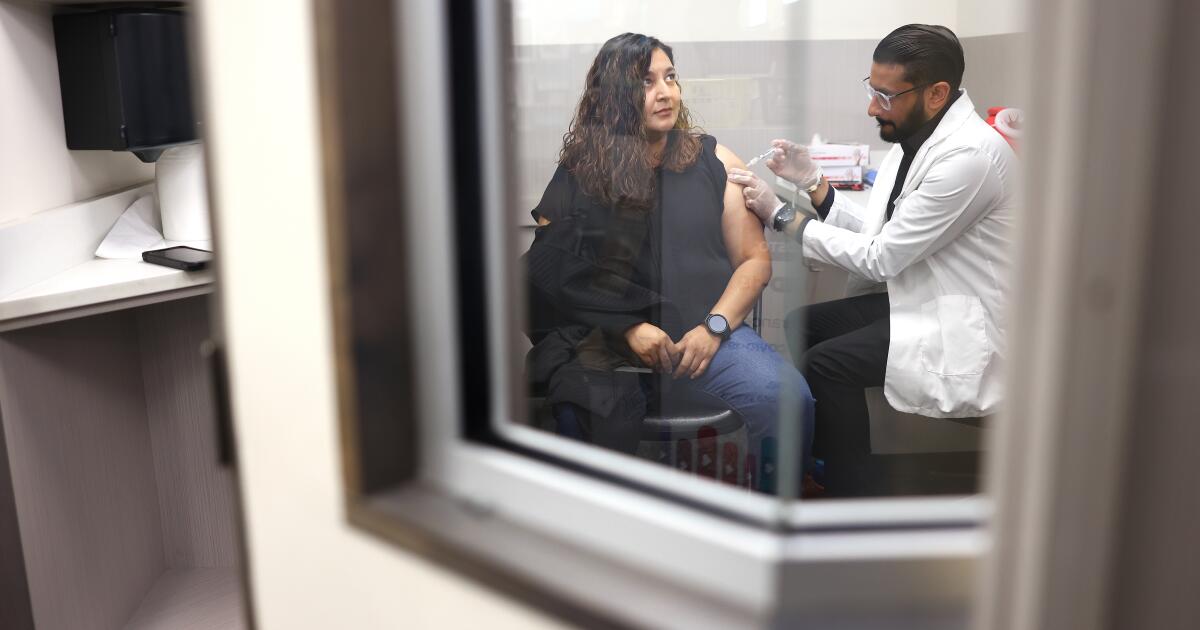
 Science1 week ago
Science1 week agoThe new COVID vaccine is here. Why these are the best times to get immunized
-
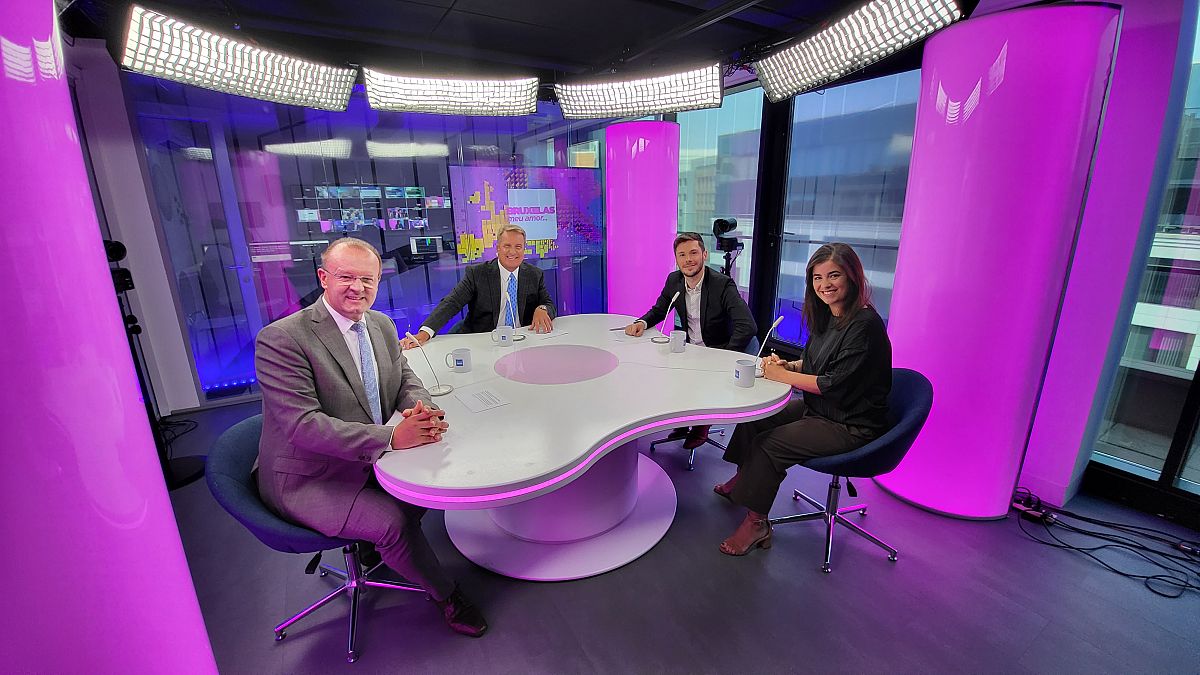
 World1 week ago
World1 week agoBrussels, my love? Is France becoming the sick man of Europe?
-
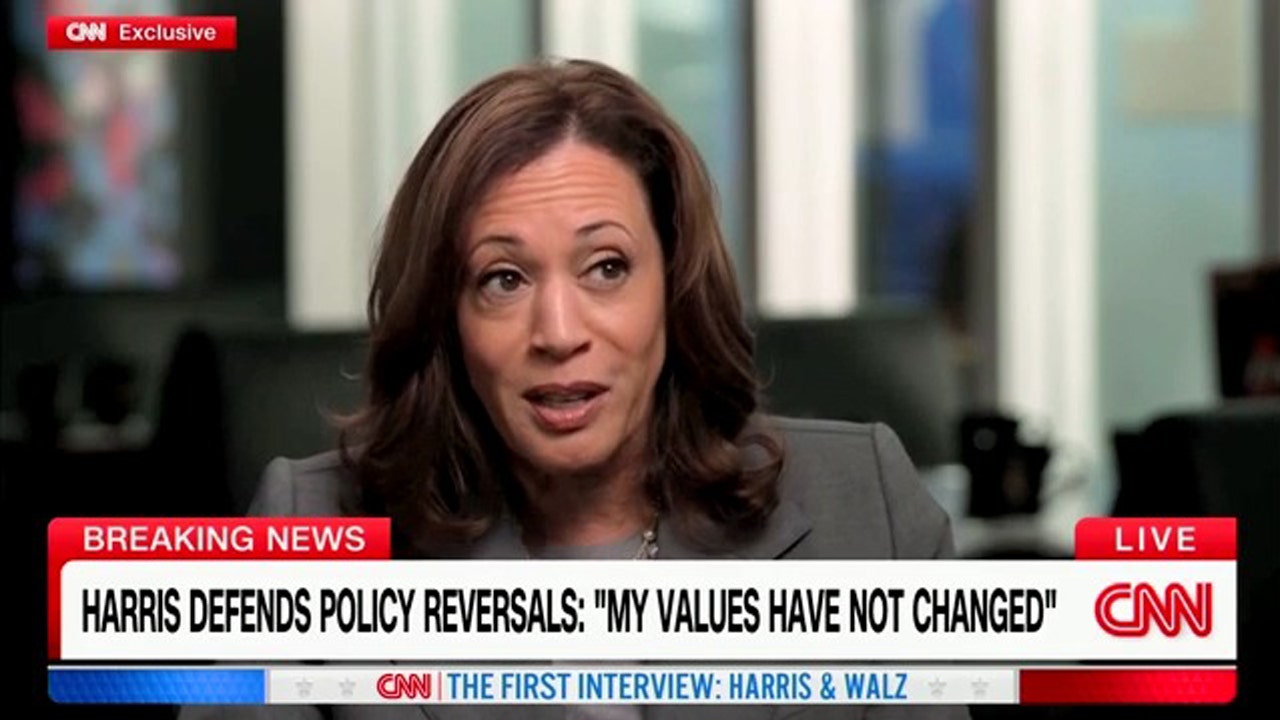
 Politics1 week ago
Politics1 week agoTrump campaign slams Harris as 'still a San Francisco radical' after CNN interview
-
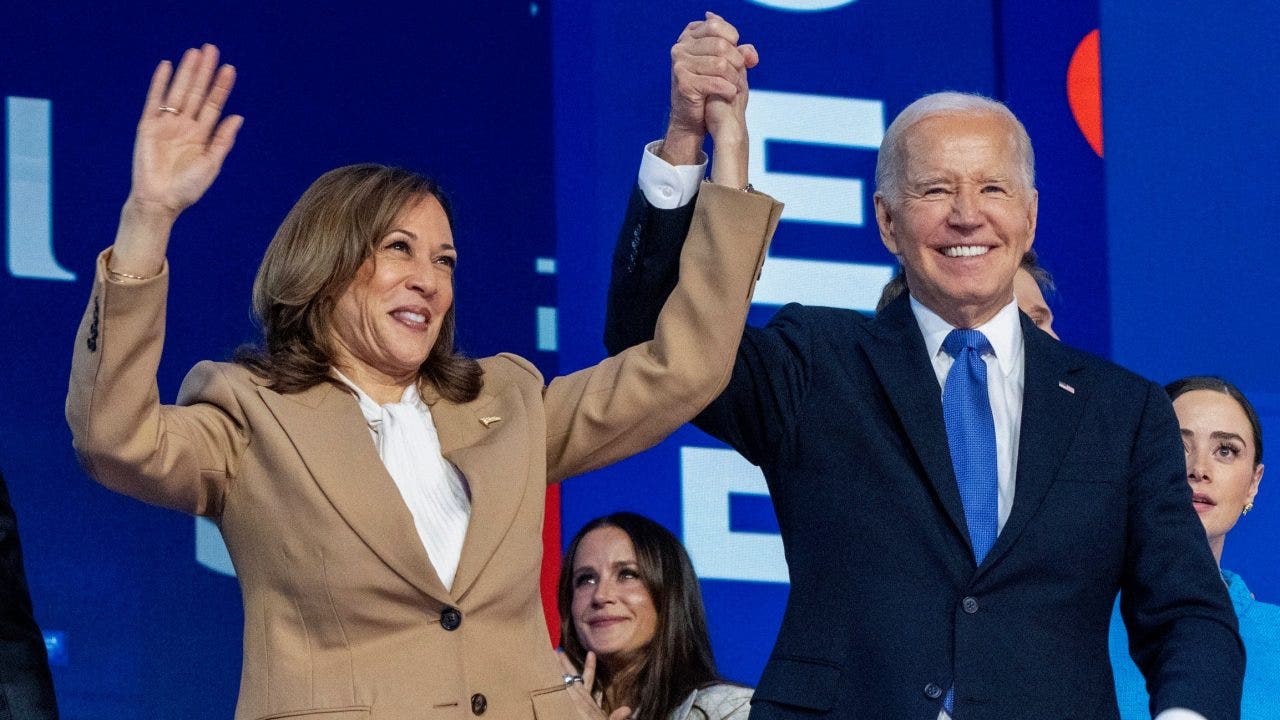
 Politics1 week ago
Politics1 week agoHarris says no regrets about defending Biden fitness for office
-
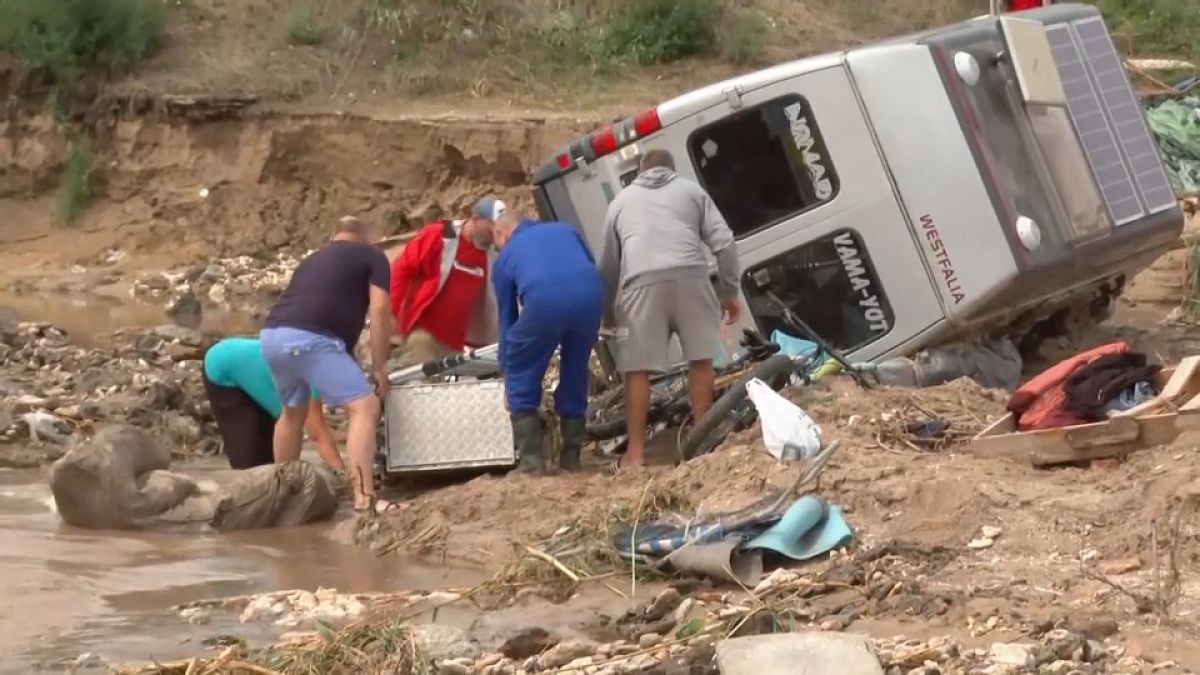
 World1 week ago
World1 week agoLocals survey damage after flooding in eastern Romania
-

 World1 week ago
World1 week agoWhy is Belgium struggling to name a European Commissioner?

